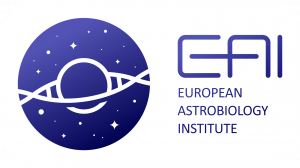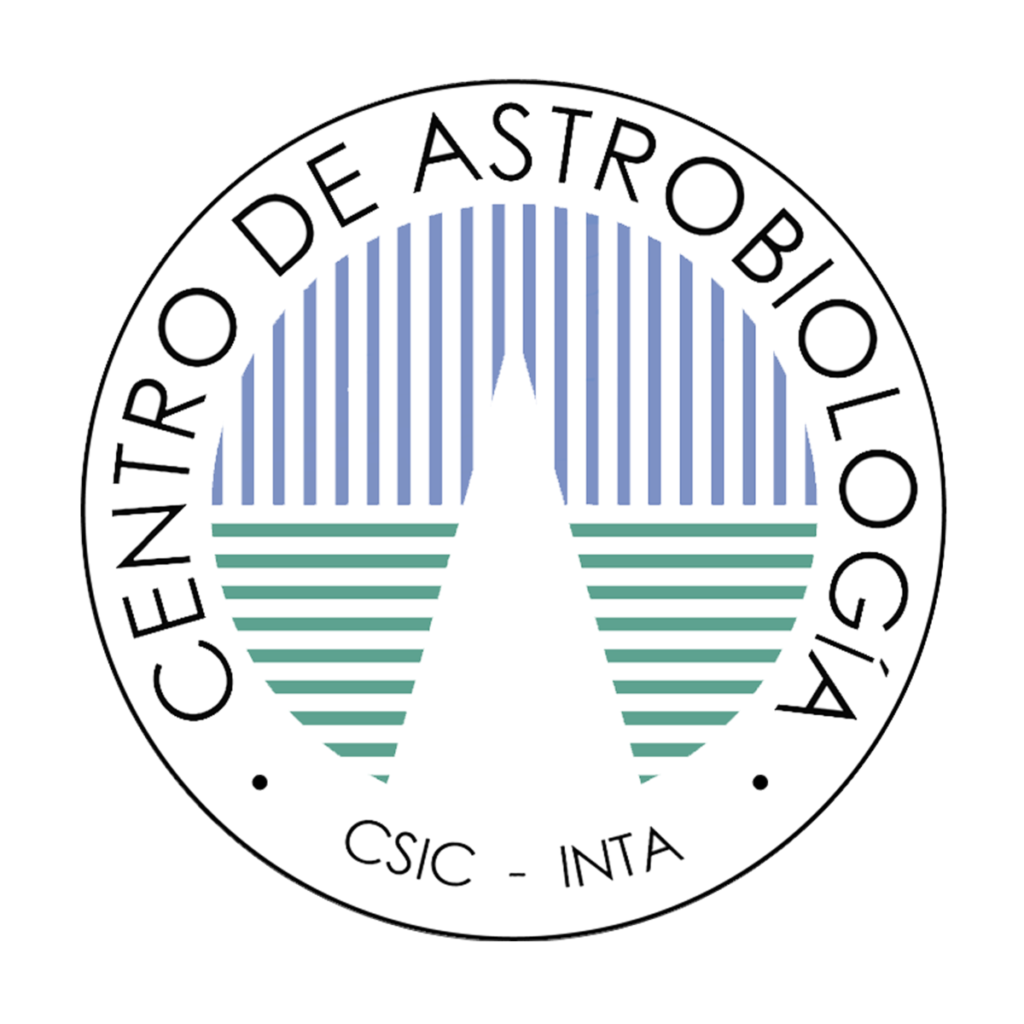

2024 – 2025

The EAI ACADEMY is an international educational program organised and broadcasted by the Centro de Astrobiología (CAB), CSIC-INTA, Madrid, with the support of the European Astrobiology Institute (EAI). It provides a framework to meet online with the international astrobiology community and to acquire interdisciplinary knowledge through a series of seminars given by experts in these fields. The Academy audience connects from more than 32 countries and all continents, with an average participation of 70 attendees per seminar. Past editions are accesible through the CAB youtube channel (link to 2021-2022, link to 2022-2023, link to 2023-2024).
The EAI Academy program for the academic year 2024-2025 will start this October. The seminars are offered for free and are streamed online via zoom every two weeks on Wednesday from 3:00 to 4:00 PM CET (Madrid time). The talks will be given by world-renowned experts, who answer the questions raised by the public after their talk. All seminars will be recorded for future availability in the CAB youtube channel.
At the end of the academic year, CAB awards a certificate of participation to those who attend a minimum of 10 seminars. In order for us to keep track of the attendance, you will need to enter your name and affiliation in the seminar chat when you enter the room (Zoom).
Dr Sara Seager
Venus as Potentially Habitable Planet
Dr Victoria Muñoz Iglesias
Aqueous chemistry in ocean worlds
Dr. Inge Loes ten Kate
20.11.24
Mars biosignatures: how do we search, where do we search, and what are we searching for
Dr. Melissa McClure
27.11.24
How JWST traces life's cold, icy origins
Dr. Peter M. Higgins
11.12.24
Outer Solar System Bodies: Exploration and Complex Chemistry
Dr. Zita Martins
15.01.25
Primitive organic matter in the solar system - comets and carbonaceous meteorites
Dr. Peter Woitke
29.01.25
Physico-chemical processes in protoplanetary disks as probed by JWST
Dr. Fabian Klenner
12.02.25
Exploring Enceladus and Europa - Two Compelling Targets for the Search for Life Beyond Earth
Dr. Mickael Baqué
26.02.25
Planetary analogues: field work in extreme environments on Earth to test for habitability and biosignature detection
Dr. Eddie Schwieterman
12.03.25
Exoplanet Frontiers: The Search for Habitable and Inhabited Worlds
Dr. Nikku Madhusudhan
09.04.25
JWST: First results and prospects towards the search for life on exoplanets
Dr. Dominic Papineau
Anaerobic Life
Dr. María-Paz Zorzano
07.05.25






